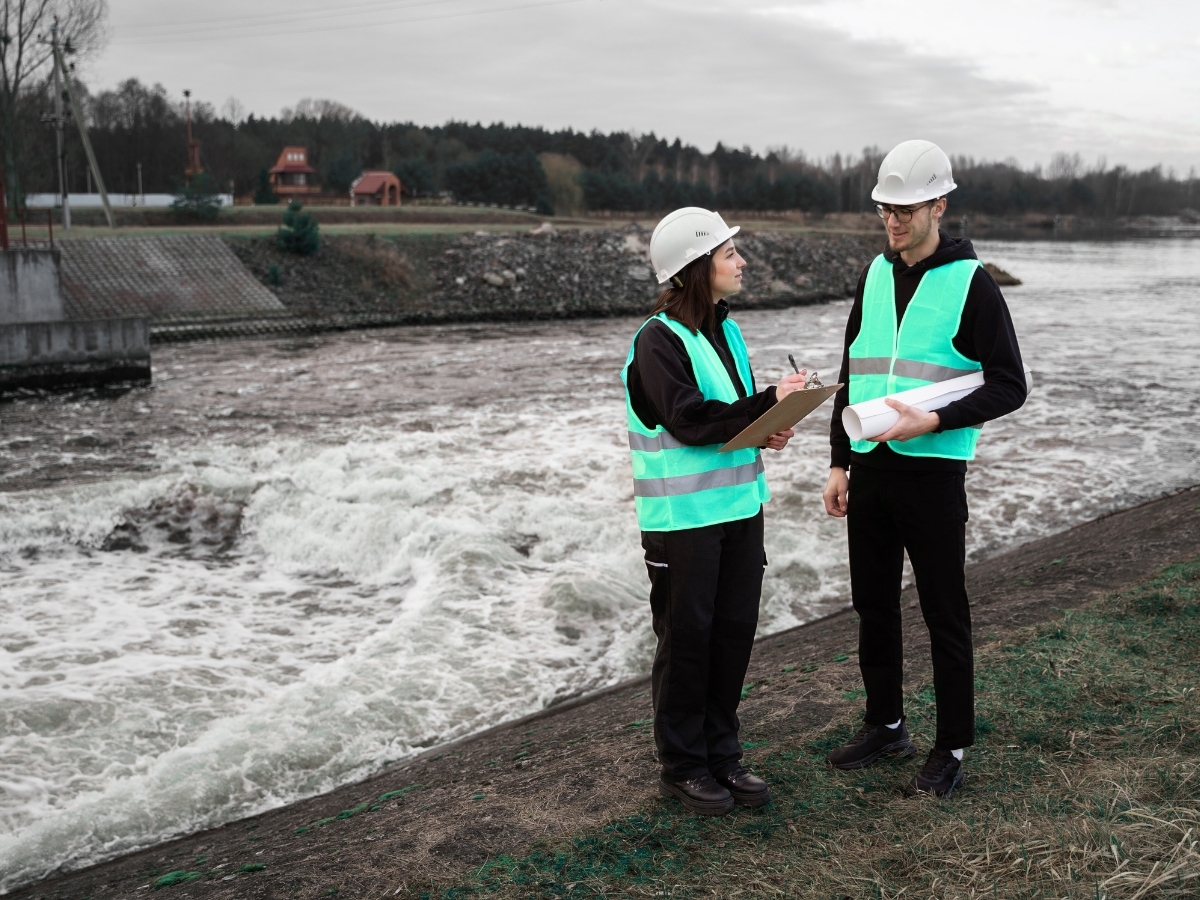Homeowners Insurance: What’s Covered and What’s Not
by
on October 04, 2024

Homeowners insurance is an essential part of protecting your home and belongings. Whether you’re a first-time buyer or a seasoned homeowner, understanding what your policy covers—and what it doesn’t—is crucial. This knowledge can save you from unexpected expenses and help you make informed decisions about your coverage. Here’s a straightforward guide to what homeowners insurance typically includes and what it leaves out.
What’s Covered by Homeowners Insurance?
Homeowners insurance is designed to protect your home and possessions from a variety of risks. Here are some common coverages included in a standard policy:
1. Dwelling Coverage
This is the primary coverage that protects the structure of your home itself. If your house is damaged or destroyed due to covered perils, like fire, windstorm, or hail, dwelling coverage helps pay for repairs or rebuilding costs.
2. Personal Property Coverage
Your belongings are also protected under homeowners insurance. Personal property coverage helps replace items like furniture, clothing, electronics, and appliances if they are damaged, stolen, or destroyed. Typically, this coverage applies to personal items both inside and outside your home.
3. Liability Protection
Liability protection is an essential part of homeowners insurance. It covers you if someone is injured on your property or if you accidentally cause damage to someone else’s property. This coverage can help pay for legal fees, medical expenses, and other costs if you’re sued.
4. Additional Living Expenses (ALE)
If your home becomes uninhabitable due to a covered loss (like a fire), ALE coverage can help pay for temporary housing, meals, and other living expenses while your home is being repaired. This can be a lifesaver if you’re displaced from your home for an extended period.
What’s Not Covered by Homeowners Insurance?
While homeowners insurance provides valuable protection, it’s essential to know what’s typically excluded from coverage. Here are some common exclusions:
1. Flood Damage
Most homeowners insurance policies do not cover flood damage. If you live in a flood-prone area, you may need to purchase a separate flood insurance policy through the National Flood Insurance Program (NFIP).
2. Earthquakes
Similar to floods, damage from earthquakes is usually not covered by standard homeowners insurance. If you live in an area prone to earthquakes, consider getting earthquake insurance for added protection.
3. Wear and Tear
Homeowners insurance is designed to cover sudden and accidental damage, not regular maintenance issues. For example, if your roof leaks due to age or lack of maintenance, this damage typically wouldn’t be covered.
4. Certain High-Value Items
While personal property coverage protects your belongings, some high-value items—like jewelry, art, or collectibles—may have limited coverage. If you own valuable items, you might need to purchase additional endorsements (or riders) to ensure they are fully covered.
5. Pest Damage
Damage caused by pests, such as termites or rodents, is generally not covered by homeowners insurance. Preventive measures and regular maintenance are key to avoiding this kind of damage.
Understanding Your Policy Limits and Deductibles
Every homeowners insurance policy has limits and deductibles that affect your coverage:
- Coverage Limits: This is the maximum amount your insurance company will pay for a covered loss. Make sure to assess your home’s value and your belongings to ensure you have adequate coverage limits.
- Deductibles: This is the amount you’ll pay out of pocket before your insurance kicks in. Choosing a higher deductible usually lowers your premium but means more expense if you need to file a claim.
Conclusion
Homeowners insurance is vital for protecting your home and personal belongings, but it’s essential to understand what it covers and what it doesn’t. With dwelling coverage, personal property protection, liability coverage, and additional living expenses included, you can have peace of mind knowing you’re protected against many risks.
Get a free insurance quote today: https://zurl.co/6fYb
Related Articles

Flood Insurance NJ | Protect Your Home Beyond FEMA Flood Zon...
Why Flood Insurance in NJ Matters — Even If You’re Not in a High-Risk Zone

Condo Insurance NJ vs Home Insurance | Protect What HOA Does...
Why Condo Owners in NJ Need More Than Just HOA Coverage

Climate Change & Home Insurance in NJ | Protect Your Propert...
How Climate Change Is Reshaping Home Insurance in NJ
Get In Touch
Become our partner and enjoy all the premium features.
Why Defy?
Industries
Products
Copyright © 2025 Defy Insurance



